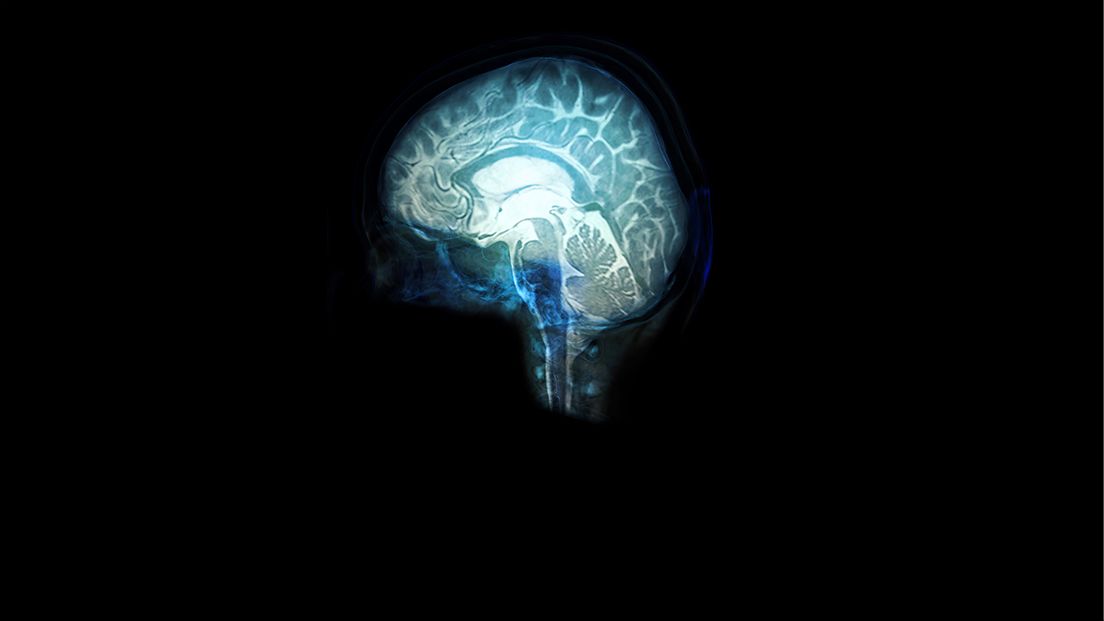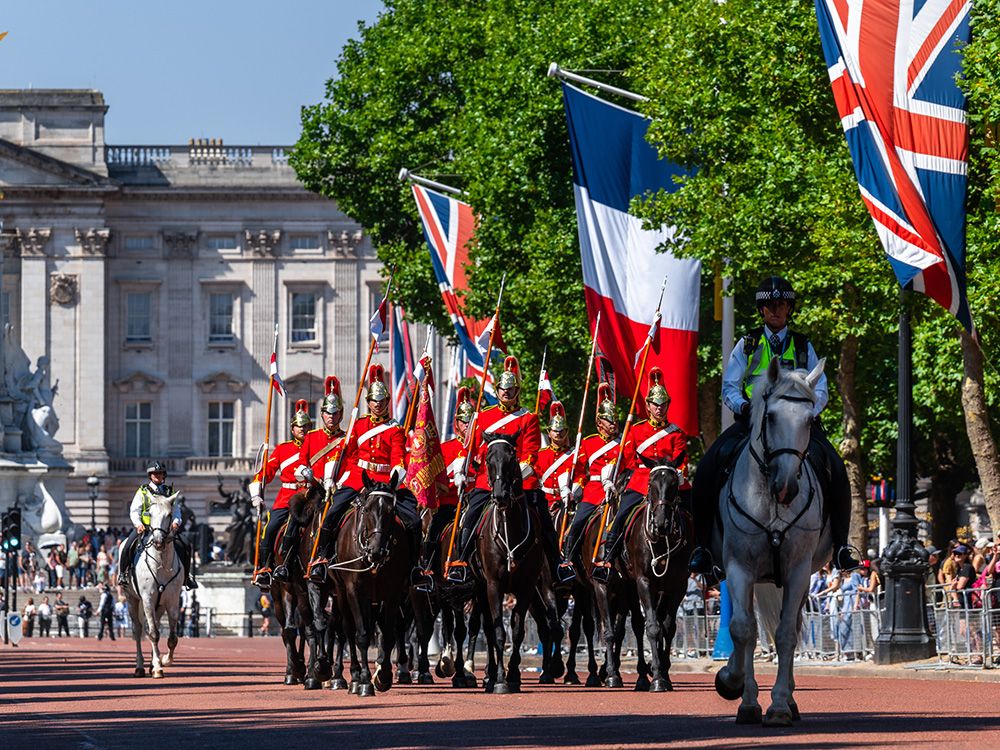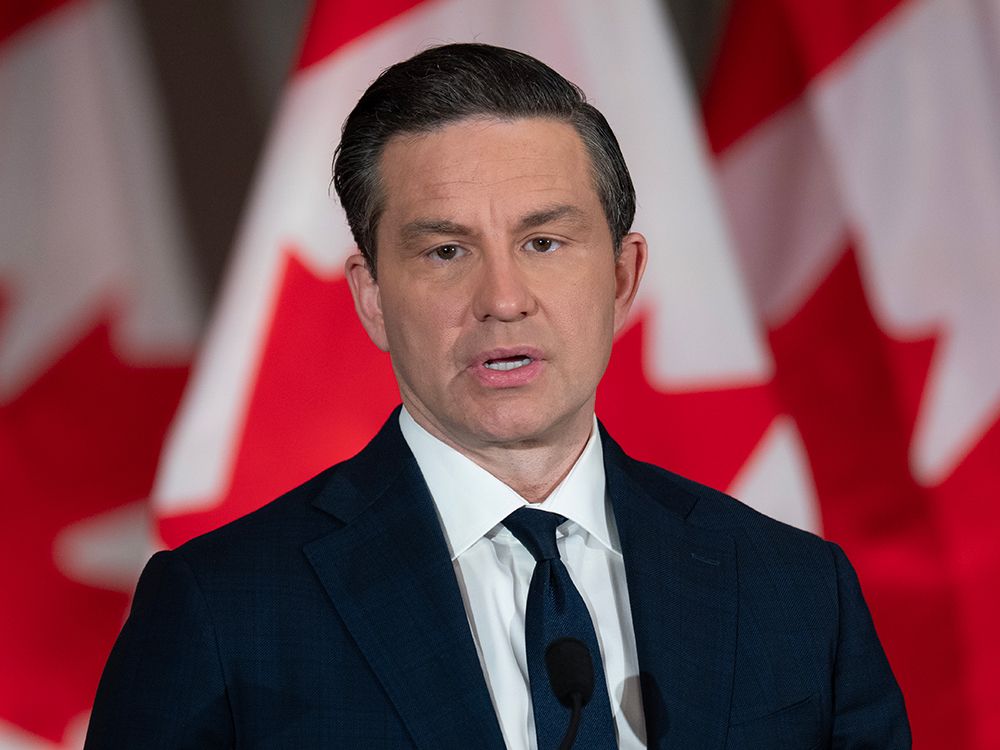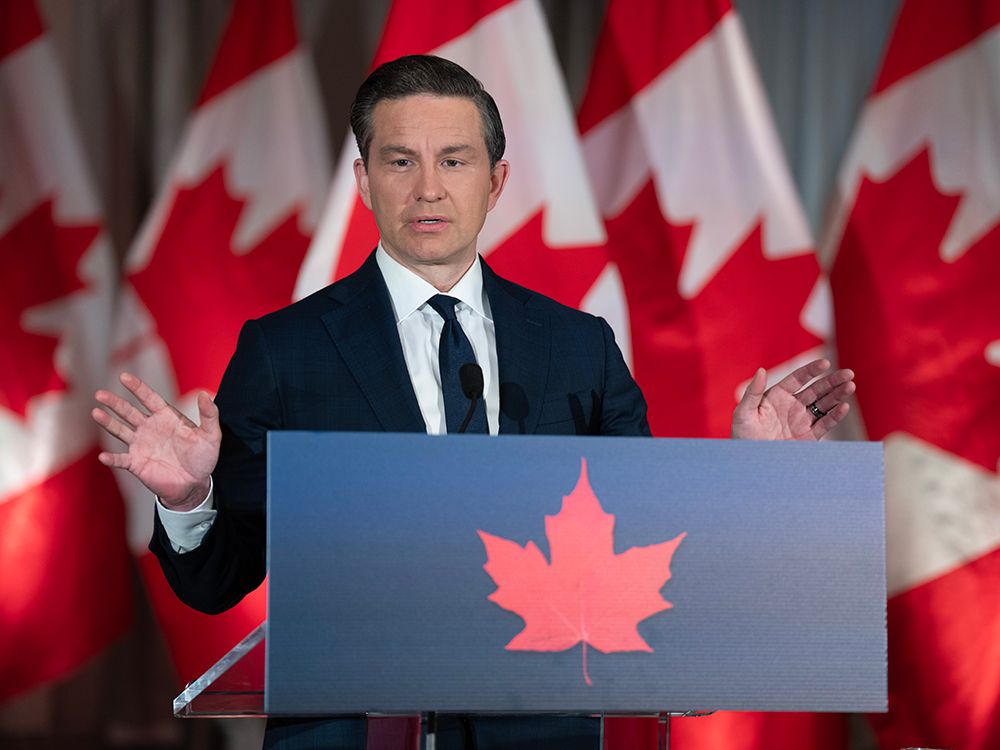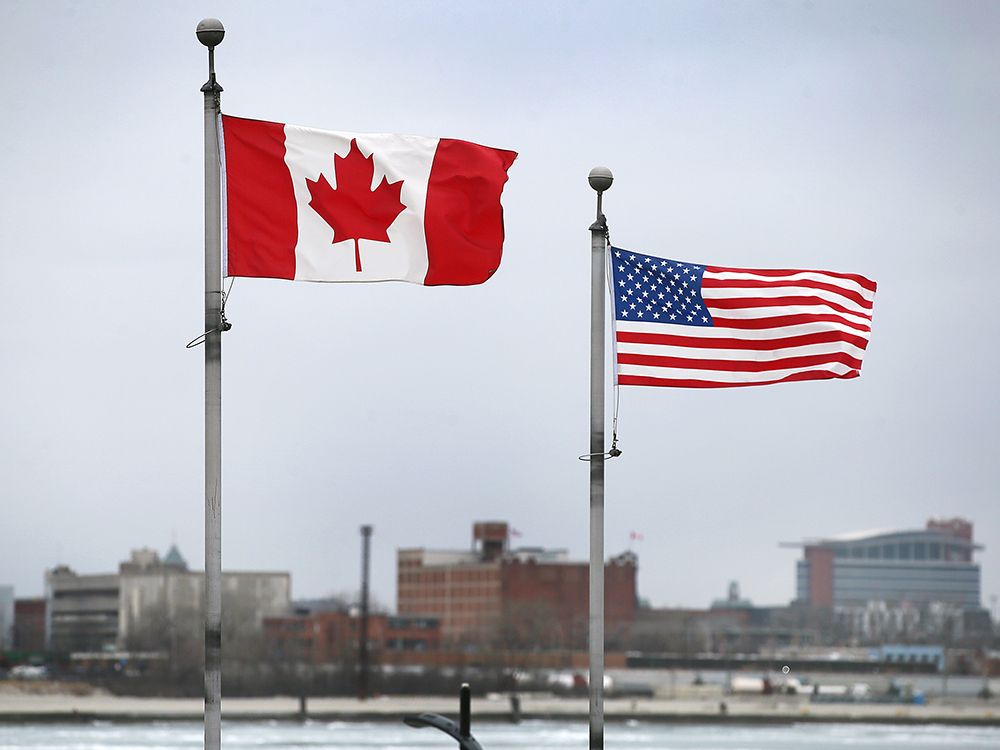
Two barely-there lines above the outer edges of her eyebrows mark where surgeons screwed a halo apparatus to Anya’s skull to keep her head from moving while they destroyed tiny bits of her brain.
She remembers being sedated, but not completely out, lying on her back on the scanner table. A special helmet fixed to her head beamed high-intensity ultrasound waves at a targeted brain circuit. When the waves intersected at the desired spot, tissue was ablated — burned away like kids using a magnifying glass and the sun’s rays to scorch dead leaves.
For one brief moment she felt a sudden pain so sharp she cried out. In an MRI chamber, no one hears you scream. Still, Anya refused to squeeze the emergency button clutched in her fingers. “I was adamant I wanted to get through it.”
Obsessive compulsive disorder (OCD) ruled Anya’s life for six years: Trial after trial of antidepressants and antipsychotics; different combinations of drugs; months of intense therapy. Nothing made a difference. Then the song lyrics started playing in her head. Not an earworm, but a kind of “radio gone wild thing,” she said. The refrains, the fragments of songs, were loud and intrusive and would get stuck in a loop, playing over and over again in her head. The harder she tried not to hear them, the more annoying the snippets grew. She’d hear different music she’d been exposed to over the years — kids’ songs, pop music, songs in languages she knew. The first question the doctors always asked was, could she be hallucinating? Was the music coming from outside of her? “I am 100 per cent aware it is in my head,” she told them. The songs switched with different images or thoughts, like a rapid-fire word association game. She’d look at the sky and hear Coldplay singing, “Cause you’re a sky, cause you’re a sky full of stars.” She’d think of Paris and hear Edith Piaf.
She was certain she was going mad.
Psychosurgery pulled her back.
Anya, who asked that her last name not be used to protect her family’s privacy, is a participant in an experimental treatment that is part of a modern-day revival of brain surgery for mental disorders. Psychosurgery is a field with a dark, complicated and messy history that hangs over it still, but is one that practitioners are working hard to rehabilitate.
Advances in brain imaging, more refined surgical tools and an enhanced understanding of the brain and its structures are moving surgeries to alter brain activity from crude, unregulated and “blind” operations, where surgeons couldn’t see what they were cutting, to more precise, minimally invasive direct-to-brain interventions.
For some people who’ve run out of all other options, it can mean the difference between being housebound — and living a relatively normal life.
These aren’t the “ice pick through the eye socket” lobotomies of the postwar 1940s and ‘50s. With magnetic resonance guided focused ultrasound capsulotomy — Anya’s surgery — there are no burr holes in the skull. No opening of the cranium, no cutting into the brain, no blood. The helmet-like device surgeons placed over her scalp that January day in 2019 is lined with more than 1,000 ultrasound transducers that emit acoustic waves at frequencies far higher than humans can hear.
Once converged on the target brain circuit, tissue is heated to 60C — a thermal dose sufficient to melt away brain cells and interrupt what scientists have hypothesized is scrambled, hyperactive circuitry within brain networks.
The brain lesions are tiny, about seven to 10 millimetres, maybe a quarter-inch in diameter, though destroying
any
bits of a healthy brain is ethically thorny. Psychosurgery’s revival has unnerved critics who remain unconvinced that science can point to a specific neural circuit or clump of neurons and say, “There — therein lies the problem.”
Depression and OCD are complex human conditions with multiple causes. The “brain-centric” approach oversimplifies the problem, critics say. Procedures that irreversibly alter the brain’s functioning are still viewed as risky and dangerous by a sizable proportion of psychiatrists,
Canadian research has shown
. “The majority of people with these symptoms, even if severe, do not all have a biologically damaged brain that requires surgical intervention,” said Dr. Stanley Caroff, professor emeritus of psychiatry at the University of Pennsylvania. Aside from historic misuse, concerns have also been raised about the potential impact of psychosurgery on a person’s personality, their true, “authentic” self.
“When the lobotomists interrupted the connections between the frontal lobes and the rest of the brain, they had speculations about what the underlying biology was,” said sociologist Andrew Scull, a prominent historian of psychiatry. Throughout psychiatry’s history, other remedies for mental illnesses included insulin shock — putting people into comas using insulin to “kill” brain cells that caused schizophrenia — or extracting tonsils and teeth in the belief bacteria and rot lurking in hidden pockets of the body were muddling people’s brains.
“We don’t even understand the brains of fruit flies very well, and the human brain, with all its trillions of connections, is enormously complex,” Scull said. “The idea that we can locate any form of mental illness here, or there, is simply wrong.”
Toronto neurosurgeon Nir Lipsman said the last thing he wants to do is reduce a disease as complex as OCD or major depressive disorder down to a single target or single circuit in the brain. Psychosurgery is haunted by a past that harmed many “and left a significant stain on the field,” he said.
But modern “neuromodulation” therapies that not only change the brain’s structure but its chemical environment and how connections between different parts of the brain are wired, are driven by data from brain-imaging studies conducted over the past 30 years, he said.
“Our ability to visualize the pathways and structures in the brain that drive mood and anxiety disorders is becoming much more refined, much more precise and personalized,” said Lipsman, chief of the Hurvitz Brain Sciences Program and director of the Harquail Centre for Neuromodulation at Toronto’s Sunnybrook Heath Sciences Centre.
This is no cure, no “one-and-done,” he stressed. People still need medication and therapy post-psychosurgery.
Focused ultrasound has been used thousands of times the world over for the treatment of neurological-movement disorders such as essential tremor — which causes the hands to shake — and Parkinson’s disease. Evidence from a small number of published studies for severe mental illness is encouraging, Lipsman said.
Ontario Health recently completed
a major assessment of focused ultrasound for OCD
. It found that while “considerable uncertainty” remains, the evidence so far suggests the procedure is safe, no serious or persistent side-effects have been reported, and that it may lead to meaningful improvements in symptoms — from extreme to moderate — for people with treatment-resistant OCD.
The Ontario government is considering providing limited funding to cover focused ultrasound capsulotomy for 110 people with severe OCD over the next five years.
The World Health Organization has ranked OCD among the top 10 most disabling illnesses globally. As many as 40 per cent of those affected don’t respond to first, second, or any conventional therapy. An estimated 15 per cent attempt suicide.
With OCD, common “sticky” thoughts can revolve around contamination and relentless rituals to avoid dirt and germs, or symmetry — the need for things to be lined up or organized in a precise way so that everything feels just
right
.
Forbidden and taboo obsessions are especially harrowing. People may have violent thoughts or urges about “smothering a baby, throwing somebody off a balcony, driving a car the wrong way,” psychiatrist Dr. Peggy Richter, inaugural head of the Frederick W. Thompson Anxiety Disorders Centre at Sunnybrook, Canada’s sole in-patient program for severe OCD, told a public forum last fall.
Some have disturbing sexual thoughts; some have religious obsessions: if I don’t pray a certain way or a certain number of times a day, I’ll be damned forever.
Brain surgery for mental illness sounds like a drastic measure. Today’s leaders in the field say no one is taking it lightly. History’s often-gruesome lobotomies were unregulated and “certainly not guided by any of the key principles that we hold so near and dear today, including surgical sterility, careful patient selection and close followup,” Lipsman said.
“We’re seeing a renewed acceptability of surgery for highly refractory psychiatric conditions,” he said.
OCD and depression are measured using crude scales. The more symptoms and severity, the higher the score. In a recently published study involving 15 patients with treatment-resistant OCD, and 10 with major depressive disorder, Lipsman and colleagues reported that OCD scores were significantly reduced 12 months after focused ultrasound capsulotomy; 50 per cent of patients met the criteria for treatment response, seeing at least a 35 per cent reduction in anxiety scores.
For severe OCD, a 35 per cent improvement in symptoms can mean going back to a job or school, Lipsman said. “It means reintegrating into a life they were otherwise totally disconnected from.”
However, for those in the study with depression, the reduction in scores after focused ultrasound wasn’t significant. Lipsman said the brain targets may need to be different for depression, reflecting a differing underlying circuitry.
So far, Lipsman’s group has performed focused ultrasound on about 40 people with OCD or depression — about one per month. Psychiatrists are slowly opening to referring patients who might qualify. “There is definitely demand out there,” he said.
Still, he knows the challenges for psychosurgery’s resurrection.
In its heyday, lobotomy was hailed as one of the most remarkable surgical innovations of its generation.
* * *
The quest for a cure for mental illness, a psychiatric Holy Grail, has seduced doctors through the ages. Renaissance artists such as Hieronymus Bosch depicted people having hypothetical “stones” of madness surgically extracted from their brains. Human skulls dating back to the Mesolithic period show evidence of trepanation — holes drilled, cut or scraped into the scalp to treat fractured skulls or the ousting of “evil spirits.”
Trepanations didn’t stop with Stone Age tools.
The leucotome is a simple surgical instrument. Invented by Canadian neurosurgeon Dr. Kenneth McKenzie, the leucotome consists of a needle with a retractable wire loop that, when inserted and rotated in the brain, can scoop out cores of white matter from inside the frontal lobe.
In 1936, Portuguese neurologist Egas Moniz used a leucotome to perform a prefrontal leucotomy. A year earlier, Moniz had been captivated by a presentation at a London neuroscience congress: A Yale scientist named John Fulton discussed his results performing a frontal lobotomy — removal or disconnection of the frontal lobes, the parts of the brain concerned with behaviour and personality — on Becky and Lucy, two chimpanzees. The lobotomy appeared to make the apes “
more cooperative and willing to accomplish tasks.”
Moniz returned home bent on experimenting on chimps as well as humans. He posited that the frontal lobes housed the anatomical roots of “pathological psychic activity,” as researchers described in the American Journal of Psychiatry. They “needed to be severed from the rest of the brain for cure.”
At the time, there were few effective treatments for schizophrenia or severe psychosis. Antipsychotic drugs had yet to be introduced, and patients were shut away and forgotten in overcrowded state hospitals or asylums.
Lobotomy was meant to be an operation of last resort. Moniz eventually won a Nobel Prize for his contributions to the field.
Walter J. Freeman, however, wanted a speedier and easier way into the brain that didn’t require a neurosurgeon, drill or operating room. Freeman was a mid-20th century American theoretical neurologist and lobotomy crusader. He was also “abrasive, arrogant and egotistical,” a huckster and all-around “hard man to like,” Scull wrote in the
Los Angeles Times in 2005
.
It was Freeman who championed the lobotomy in the United States, along with a novel way of performing it. After stumbling across an obscure article by an Italian neurosurgeon who discovered the quickest way into the frontal lobes was via the eye orbits — given how thin the bone there was and how easily it could be perforated with a sharp instrument — Freeman revolutionized the “transorbital lobotomy.”
His chosen instruments were an orbitoclast, which his son would later tell PBS looked very much like the ice pick in the family freezer, and a mallet.
“So, Freeman took an ice pick and a hammer, gave the patients two or three electric shocks to make them unconscious, peeled back the eyelid, shoved the point of the ice pick into the bone, banged it with a hammer and wiggled it about,” obliterating bits of brain tissue as he moved the orbitoclast side to side, said Scull, author of Desperate Remedies: Psychiatry’s Turbulent Quest to Cure Mental Illness.
Freeman travelled the U.S. and the United Kingdom, demonstrating the technique like a carny at a country fair, once performing two dozen in a single afternoon in front of a medical audience, “many of whom passed out,” Scull said. Freeman, who wasn’t a surgeon, acknowledged his unorthodox approach offended a real brain surgeon’s idea of “neatness and precision.” He performed lobotomies without gloves, gowns or masks, in the hallways and rooms of mental health hospitals, even in barns.
He ultimately operated on more than 3,000 people between 1936 and 1956. Freeman lobotomized children as young as four. One of his patients, Howard Dully, a former San Jose, Calif., bus driver who died earlier this year, was given a lobotomy by Freeman when he was 12 years old at the request of a woman his father married after his own mother died of cancer. The stepmom, who hated Dully, found him a nuisance and complained to Freeman he was “unbelievably defiant.”
Freeman claimed most of his patients improved enough to be let out of hospital. In fact, his lobotomies rendered many into a state of inertia, apathy and indifference. Some ended up dead. John F. Kennedy’s sister, Rosemary, was a patient of Freeman’s. Rosemary, who struggled to keep up with other kids in school and was prone to emotional outbursts as she grew older, underwent a lobotomy in 1943 when she was 23, a surgery that left her mentally incapacitated until her death at age 86.
In Canada, neurosurgeons performed lobotomies at the behest of psychiatrists. One followup study published in the Canadian Medical Association Journal (CMAJ) involving 116 patients lobotomized in Toronto from 1948 to 1952 found 61 per cent living outside of hospital at 10 years after brain surgery.
However,
there were also some serious undesired outcomes
. Complications included epilepsy (occurring in 12 per cent of patients treated) and significant personality defects in nearly all patients (91 per cent). It wasn’t known to leave people blind. The orbitoclast was inserted beside the eyeball, not through it.
Researchers accepted that the side-effects were a tolerable trade-off.
Later, however,
another study published in CMAJ in 1964
came to the “inescapable” conclusion that a prefrontal leucotomy didn’t lead to any significant differences in the rates of hospital discharge between 183 patients who had received a lobotomy versus a comparison group spared the surgery.
The finding contrasted sharply with Freeman’s assurances that his lobotomies restored people with disabling psychoses to a “better social existence.” People were more tolerant, Freeman would write, with less tendency to worry over trifling stuff.
A significantly disproportionate number — roughly 60 to 80 per cent — of those lobotomized were women who were often seen by the men in their lives as hysterical nuisances. “It was also mostly male doctors at the time putting forward the idea that a lobotomy would make them better,” said University of British Columbia neuroethicist Judy Illes.
“Even Freeman conceded not many patients retained their initiative and higher mental functions, but they could be a housewife or sit prettily at the dinner table,” Scull said. As one husband once reported back to Freeman, “My God, Doctor, you should have operated on her 30 years ago.”
More than 30,000 lobotomies were ultimately performed in the U.S. As many as 15 per cent experienced a brain hemorrhage or death. Lobotomies were not only visited upon those in state asylums hidden in the countryside. There were also major lobotomy programs at private hospitals, as well as at Yale University, Columbia University and the University of Pennsylvania.
Lobotomies had variable results, Scull said. Some of the better ones involved people with OCD. “We think of the worst human vegetables. Not everybody turned out like that. The ‘successful’ cases were few and far between. But they did exist.”
To Scull, Freeman was a moral monster. “He thought he had the key. For me, that’s not an excuse to do what he did, and do it over a very, very long period.”
* * *
Lobotomies flourished until the introduction of the antipsychotic chlorpromazine (marketed under the brand name Thorazine) in the 1950s. Today, antipsychotics and antidepressants are among the most prescribed drugs in medicine. Over 2.5 billion tablets and capsules of antidepressants were dispensed in Canada alone in 2023, a 26 per cent increase over 2019, according to IQVIA, a health analytics company.
Drugs known as SSRIs, or selective serotonin reuptake inhibitors, a class that includes Prozac and Paxil and is part of the first-line treatment for OCD and depression, account for roughly 80 per cent of prescriptions filled for antidepressants.
Antidepressants provide relief for many. They can be life-saving. “But brain adaptations can make them hard to stop,” particularly after long-term use,
researchers with the Therapeutics Initiative
at the University of British Columbia recently warned. Withdrawal symptoms such as akathisia — the inability to keep still — and suicidality have been downplayed, they said. A common complaint is that SSRIs can make people feel emotionally blunted. They can also carry significant sexual side-effects, including low desire or arousal.
Like psychosurgeries, antidepressants and other psychotropic drugs alter how the brain functions — except they’re reversible. And while focused ultrasound might not require cutting into the scalp or drilling holes in the skull, it’s still invasive, UBC’s Illes said, “because we are permanently removing tissue.”
While Scull said he’d be astonished if there wasn’t a biological component to major mental illnesses, biology alone doesn’t explain it, “and in some ways, that whole distinction between the biological and social is really a false dichotomy,” he said.
We’re born with a brain, but our brain remains plastic much longer than originally believed, he said. “And how your brain rewires itself as you experience the world is the product of our social and psychological environment and experiences, as well as biology.”
Neuroethicist Illes agrees that there’s likely not one locus of mental illness, no one spot in the brain for mental disorder X, Y or Z. “Mental illness is a really complex experience that is both biologic and personal and sociological and experiential and cultural,” she said.
“Today we have excellent oversight by our institutional organizations,” Illes said. There’s a worldwide focus on the ethics of neurotechnology; Illes served on a UNESCO expert advisory group developing a governance framework for emerging neurotechnologies such as Elon Musk’s Neuralink brain chip and other brain-computer interfaces.
The discovery of psychiatric drugs didn’t put a total end to psychiatric brain surgery. While the lobotomy’s popularity plunged as the grislier risks became known, psychosurgeries transitioned in the 1970s from the “quick and crude” to regulated interventions driven by advances that allow doctors to map the human brain in three dimensions and achieve millimetre-scale precision.
In addition to focused ultrasound, surgical brain modulation options today include deep brain stimulation (DBS), which uses electrodes inserted deep into the brain to deliver low-voltage electricity to specific clumps of neurons to reset or activate certain circuits. In 2018, Lipsman performed DBS on Dr. Frank Plummer, the renowned former head of Canada’s National Microbiology Laboratory, in one of the first North American uses of DBS for chronic and compulsive heavy drinking.
Plummer was addicted to booze, scotch in particular, and was “waiting to die” — rehab, counselling and group meetings failed to keep him from drinking, and a transplanted liver was giving out — when Sunnybrook surgeons drilled two nickel-sized holes in his head and planted electrodes deep inside his brain. In 2019, one year out from surgery,
Plummer told the National Post
he was enjoying life for the first time in a very long while.
Plummer died suddenly of a heart attack in 2020 while travelling in Kenya, where he’d led groundbreaking studies in HIV and AIDS.
Deep brain stimulation is still an invasive surgery. The electrodes need to be implanted into the brain via burr holes drilled into the top of the skull, increasing the risk of infections, brain hemorrhages and other complications. The electrodes are fragile and can malfunction. And, in sham-controlled experiments where electrodes are implanted in some patients but never switched on, DBS for depression has yet to demonstrate significant improvements over those not stimulated.
Radiofrequency ablation is another route, and the most established, but requires making holes in the skull, inserting electrodes and heating the tip to generate a permanent lesion. “We can now generate those lesions entirely non-invasively with focused ultrasound through the skull, with the patient in an MRI scanner,” Lipsman said.
Looking back, Anya figures they were generating lesions when she felt that sharp jolt of pain in her head.
It’s hard for her to put her finger on exactly when her OCD emerged. She was born in Russia and came to Canada as a teen with her parents in 2009. Her childhood was a happy one. The earliest hint that something off was happening came toward the end of high school, when she started to get “hyper fixated” on things. She had weird secret rituals she hid from her parents, like waiting until the time was a multiple of five — 5:15 p.m. or 5:30 p.m. — before unlocking her laptop.
Things went off the rails in university after a long-distance romance ended. She developed insomnia, racing thoughts and panic attacks. She landed in emergency three times before eventually being connected to a psychiatrist who diagnosed OCD.
Deciding she no longer wanted to be “pushed around” by her compulsive rituals, she abruptly stopped them, like an addict going cold turkey, “which probably wasn’t a good idea,” she said. OCD has two components: the obsessions, and the rituals to ease the anxiety of those obsessions. “When your brain is habituated to those patterns and compulsive behaviours, you must eliminate them gradually,” she said.
That’s when the earworms started, “and that’s when I got really freaked out.”
No one knows what drives musical obsessions in people with OCD. With OCD, the brain circuits driving concerns, fears and anxieties get stuck, like a car in a certain gear or a record skipping incessantly, Lipsman said. The structures are in overdrive. Surgical treatments such as focused ultrasound aim to stop the cycle and reduce the intensity over time.
For Anya, it felt like her last hope.
* * *
OCD typically comes in the late teens to 20s, though it can also appear in childhood. Kids might worry about their toys getting dirty or they wash their hands excessively. It usually goes away but recurs with puberty.
“It can appear out of the blue, but when you ask a patient and do a thorough history, you often hear, ‘Well, you know, when I was a kid, I used to worry that if I didn’t line my toys up a certain way something terrible might happen to my mother,” said University of Calgary psychiatrist Beverly Adams.
Compulsive cleanliness is common. Some people get obsessed with checking that things are turned off: the stove is off, the doors are locked, the faucets turned off, the windows shut. Leaving the house can become a frightening ordeal to avoid.
There can be chronic doubting, chronic counting, chronic organizing and reorganizing of the home, behaviours that can eat up hours of the day. “And sometimes they have these obsessive thoughts that if they haven’t done something the correct way or there isn’t proper symmetry, something bad might happen, some sort of negative outcome,” Adams said.
Some have sexual obsessions. One of the most unusual themes Adams has encountered is the number of young girls who think they are pedophiles. “It makes no sense at all, and they’re aware of that.” Insight is one of the hallmarks of OCD. “They know that this is a ridiculous thought, but they can’t stop worrying about it.”
One of the most common times of onset in women is around the birth of a child, either during pregnancy or in the months after delivery. Women can have terrifying thoughts of harming their baby, accidentally or deliberately. There is no good or solid answer as to why. Hormonal changes have been implicated, but it’s also a time of intense stress and taking on new responsibilities.
Seven patients with treatment-resistant OCD have undergone MRI-guided focus ultrasound in Calgary, where a team co-led by Adams and neurosurgeon Dr. Zelma Kiss is collaborating with Lipsman’s group. Adams explains to patients who might meet the criteria — aged 21 to 65, diagnosis of OCD for at least five years, tried but found ineffective multiple medications — that the procedure involves heating up “a little part of your brain” and making pinpoint lesions at the spot “where those thoughts go over and over in your head.”
The procedure is performed in a day. Surgeons usually do both sides of the brain. People worry most about having their heads shaved. The brain itself feels nothing — it has no pain receptors. But the lining of the brain is highly sensitive, and when ultrasound is passed through that lining it can generate heat and that can be uncomfortable.
Lipsman targets a region known as the ALIC, or anterior limb of the internal capsule, a dense region of fibres in a key network believed to be critical for communicating anxiety, fears and concerns that are pathologic — not reasonable — to areas of the brain that are critical for acting on those emotions.
“We know that disconnecting those areas could be critical for improving anxiety,” he said.
The procedure is done in the MRI scanner while the person is awake, with an anesthesiologist present to provide sedation or pain control if needed. MRI guidance provides real-time images of the brain for more precise lesioning, meaning burning. Real-time feedback of how much heat is being generated allows the team to adjust the temperature.
Water is circulated around the head to cool the scalp. Treatment starts with a few low-intensity sonications as surgeons home in on the target, followed by a series of high-powered ones to create a permanent, irreversible lesion.
Following the three-hour procedure, the headframe is removed. People spend a night in hospital for observation and go home the next day after an MRI is done to capture the full extent of the lesions and rule out any adverse “radiographic events.”
Not everybody’s skull is equal. “We found that about 10 to 15 per cent of the population has a skull density that is not amenable to transmitting ultrasound,” Lipsman said, a technical limitation of the device he thinks can be overcome with continued advances in the technology, “so that everybody who ought to be eligible can undergo the procedure.”
Possible side-effects can include headaches and facial swelling from the frame used to keep the head still. There have been no reported changes in personality. No reported deficits in memory. No deaths, brain hemorrhage or infection.
Focused ultrasound hasn’t been tested in sham-controlled experiments for OCD, so it’s impossible to rule out a placebo effect. However, for patients who’ve responded, the effects have been enduring, Lipsman said. Changing the circuitry appears to make people more responsive to treatments that previously didn’t work for them.
“What’s most important is the quality of life you see,” Adams said. “Relationships are better. They’re working again. OCD doesn’t go away completely, but they’re not as preoccupied.
“Science is a field where you make corrections as you learn,” she said. “To come to a point where there is a procedure that can really improve your quality of life and is non-invasive, I think it’s wrong not to talk about it.
“This is not an assembly line,” Adams added. “We’re not just going to start lining people up and doing this. This is for treatment-resistant OCD. But wouldn’t it be brilliant if we could find something that treated the more moderate forms?”
Unlike the era of Freeman’s runaway lobotomies, a major ethical consideration is ensuring informed consent, she and others said. That means ensuring the person’s anxiety and mood do not cloud their ability to understand the risks and benefits.
“When I see patients in clinic, they often tell me this is their last resort,” Lipsman said. “We have to be very careful not to take advantage of our patients’ desperation to get better.”
Anya got married last October. She is embarking on her PhD. Surgery wasn’t like flicking a switch: OCD, then no OCD. It’s been a gradual improvement, but a “really remarkable” one, she said. The first thing she noticed was an improvement in her mood.
“Before surgery, my mood was super-low, depressed, desperate, suicidal.” Post surgery, “I started having better days. We could see something was shifting.”
A turning point came when she accepted an invitation to a relative’s wedding in Los Angeles two months after surgery. She had been virtually housebound, especially avoiding places that had music. “That would trigger the earworms.” Weddings have music and dancing. “That was kind of hard and not something that I would have done some months prior. But I went.”
Later that spring and over the summer, that “constant intrusive soundtrack” in her brain grew fainter. “I still get earworms occasionally. I still have this residual thing when I’m really stressed or going through a difficult experience or reducing my medications.
“It can be annoying. But doesn’t scare me as much anymore.”
The surgery was on Jan. 28, 2019.
“I celebrate it as my second birthday now.”









